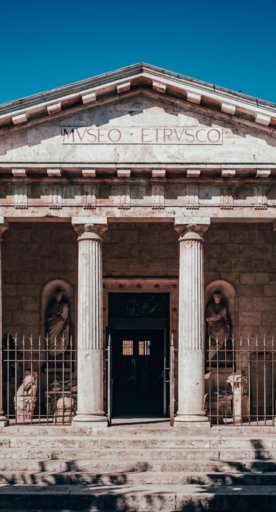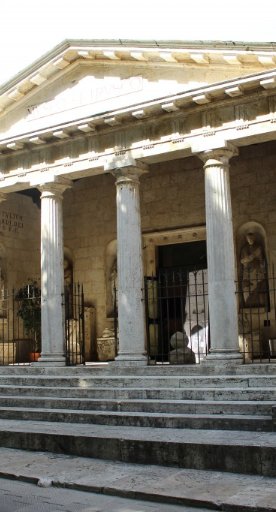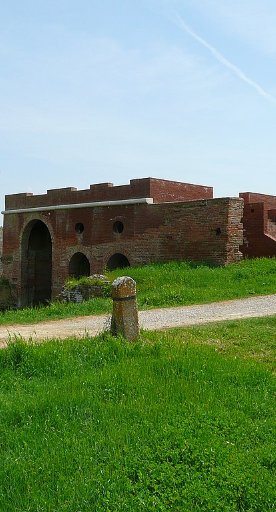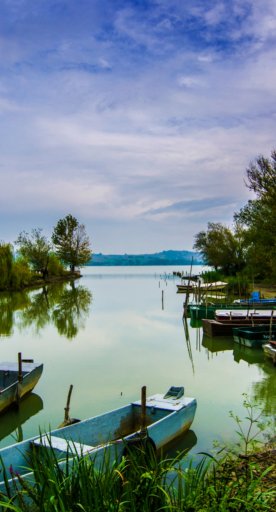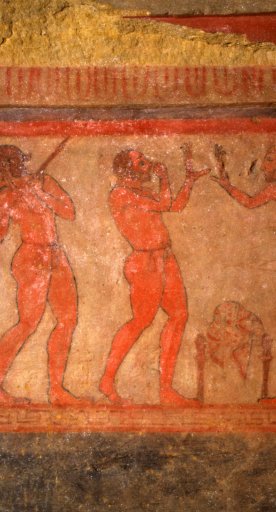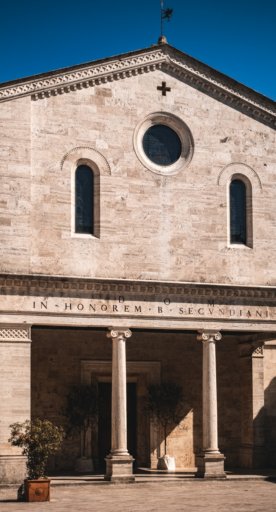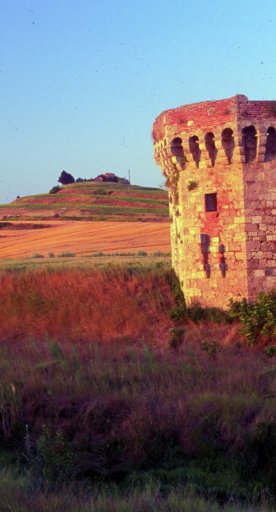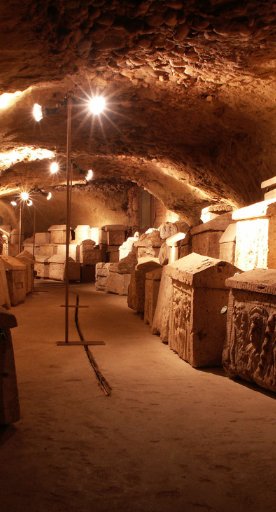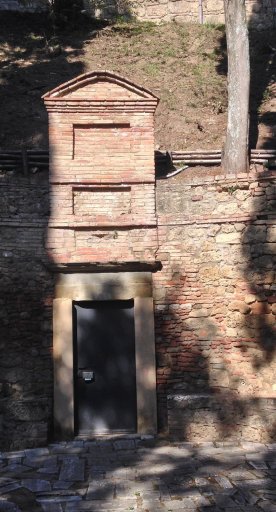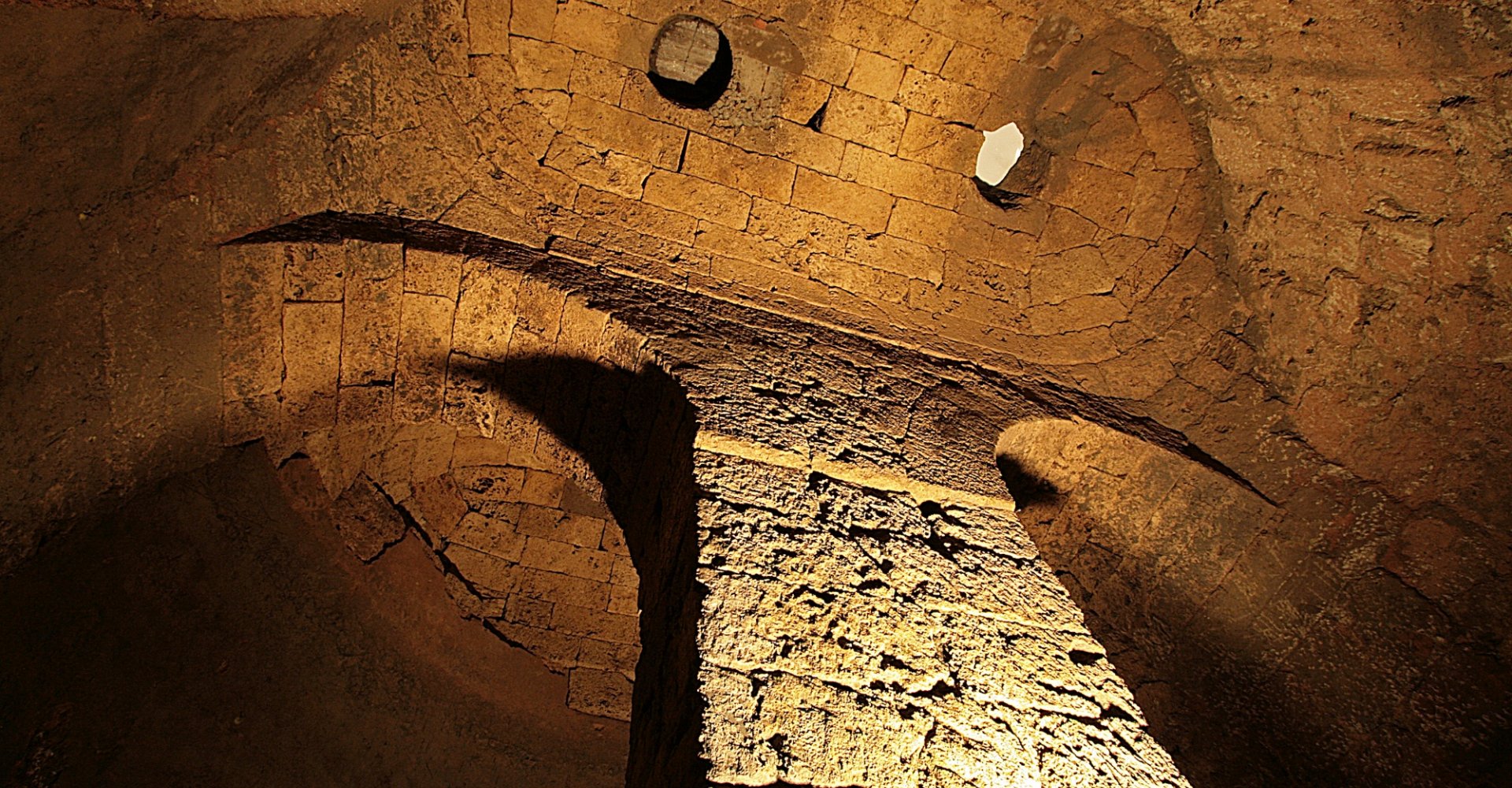
Cathedral Museum and Labyrinth of Porsenna in Chiusi
A fascinating journey through history and legend
The Cathedral Museum in Chiusi is divided into a tour, organized on three floors, that showcases archaeological works and artifacts dating from the late 2nd century to the 20th century.
It starts from the first exhibition section, where some casts of epigraphs, oil lamps and fragments recovered in the Catacombs of Santa Mustiola and Santa Caterina can be admired. There are also other finds from Roman, early Christian, Lombard and medieval times. Subsequent sections display sacred furnishings and vestments from the diocesan territory and the Co-cathedral, works of art, and a set of twenty-one illuminated codices from Monte Oliveto Maggiore. As part of the museum itinerary, the Bishop's Garden can also be visited.
The Labyrinth of Porsenna
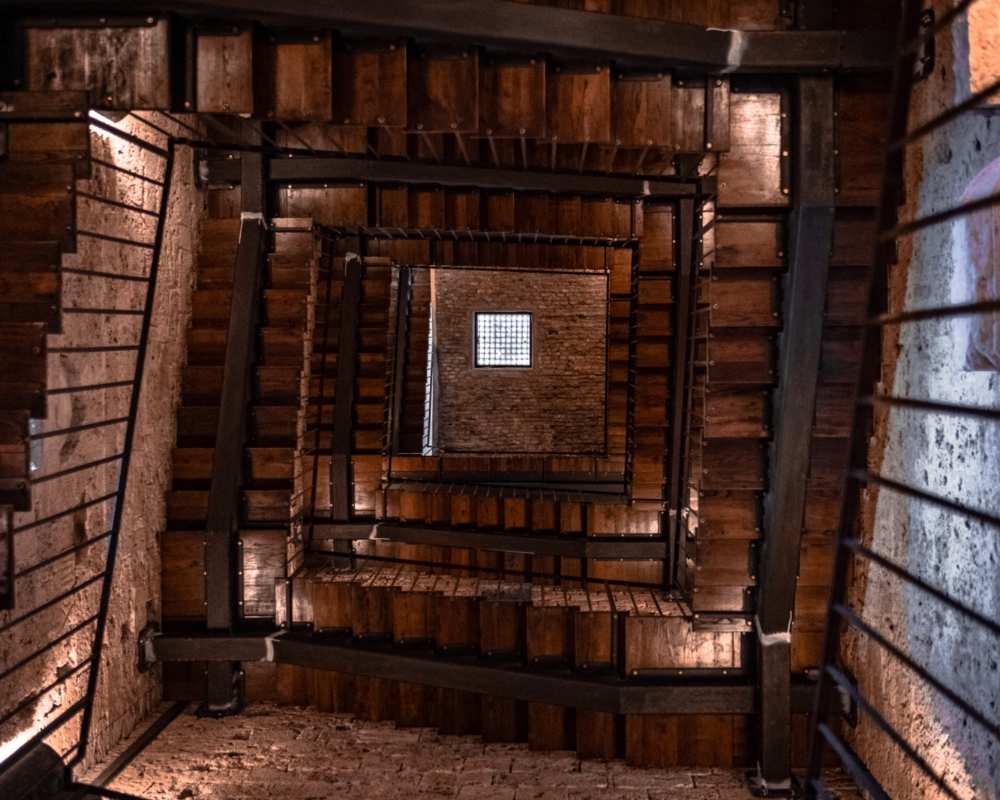
Between the 7th and 5th centuries BC, Chiusi was considered one of the most important cities of the Etruscan Dodecapolis (the confederation of twelve city-states in Etruria). Pliny the Elder, in his "Naturalis Historia", tells of the legendary Etruscan king Porsenna, who was buried in a luxurious tomb inside an intricate labyrinth: this is where the myth of the Labyrinth of Porsenna originated. Indeed, in the Middle Ages, it was believed that the king's sarcophagus was kept here along with a very precious treasure, which consisted of a chariot drawn by 12 golden horses and watched over by a hen with 5,000 chicks, also made of gold. For a long time, Porsenna's tomb was traditionally identified with the set of tunnels that wind beneath Chiusi. In reality, the tunnels constitute an Etruscan aqueduct, with tunnels placed on several levels. Here the water, filtered by the rocks, collected in large basins and was then drawn off thanks to the wells.
Today it is possible to walk through the underground tunnels starting from the Cathedral Museum in Cathedral Square, arriving at the large Etruscan-Roman cistern from the 1st century BC.
Ascending from the cistern via a spiral staircase, one arrives above the bell tower, built in the 12th century as a defensive tower and later converted to a Cathedral bell tower in the 16th century. From its top there is a beautiful view of all of Chiusi, from the picturesque rooftops of the old town, to the medieval fortress, to Lake Chiusi and Monte Amiata.
